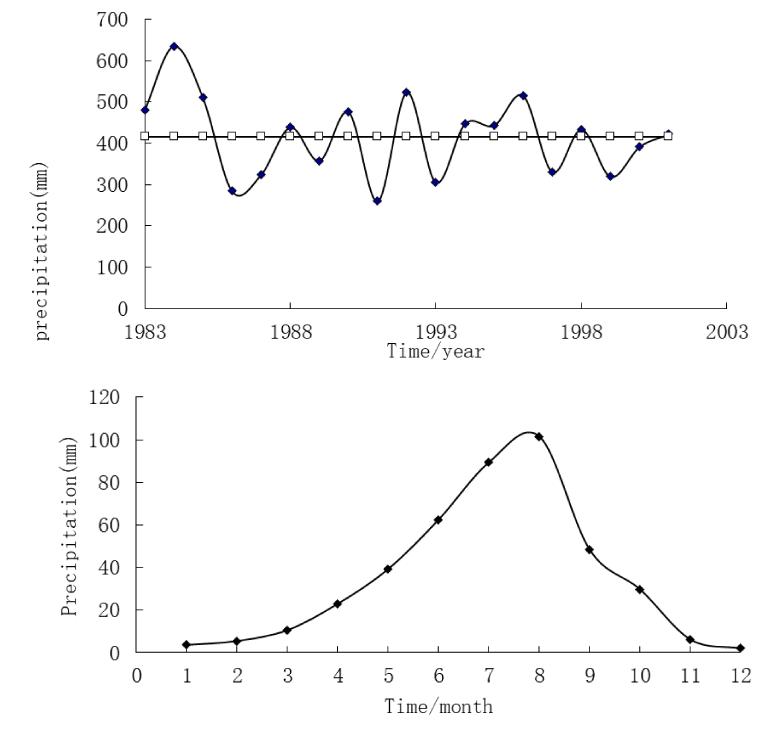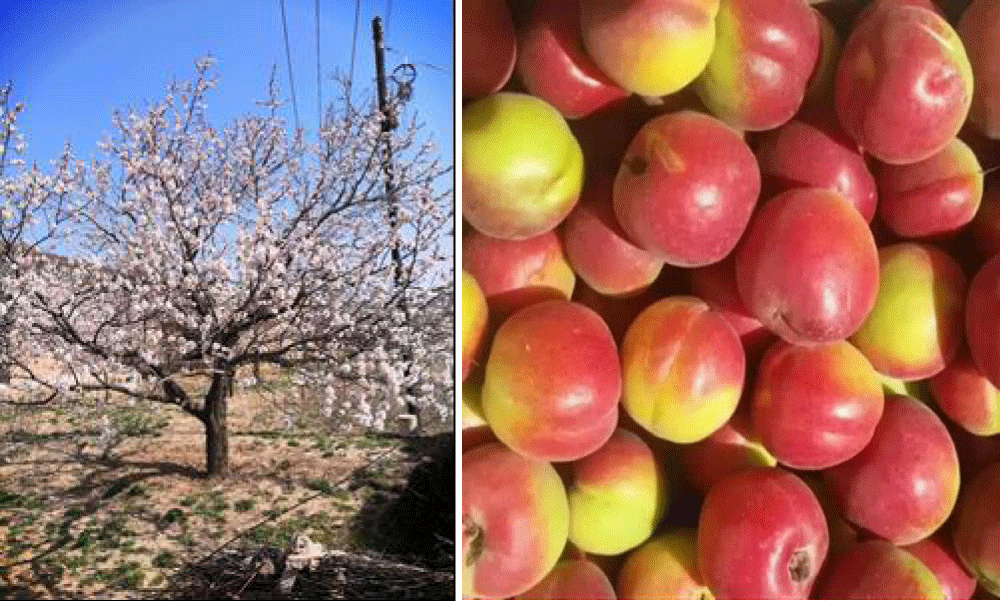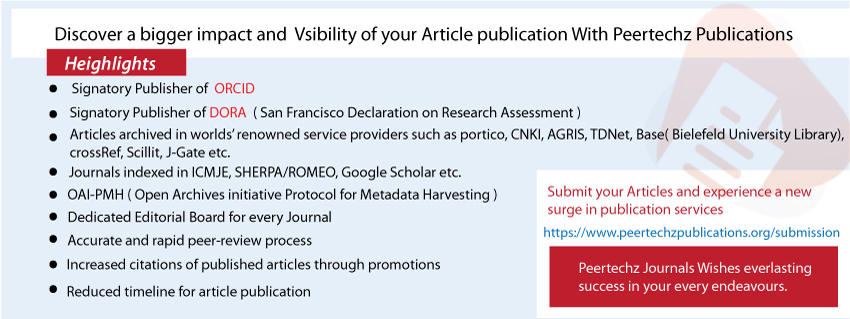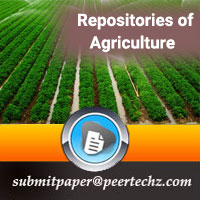Repositories of Agriculture
Determination Methods of Better Species or Varieties are Important to Agriculture High-quality Development
Zhongsheng Guo1,2*
1Northwestern A & F University, Yangling, China
2Institute of Soil and Water Conservation, CAS & MWR, Yangling, China
Cite this as
Guo Z. Determination Methods of Better Species or Varieties are Important to Agriculture High-quality Development. Repos Agric. 2024;1(1): 030-031. Available from: 10.17352/ra.000005Copyright Licence
© 2024 Guo Z. This is an open-access article distributed under the terms of the Creative Commons Attribution License, which permits unrestricted use, distribution, and reproduction in any medium, provided the original author and source are credited.In 2017, Xi put forward the concept of high-quality development, and then, China’s agriculture development developed into new stages of agriculture development, high-quality development. The high-quality development of agriculture is to take some measures and methods to make the land produce the maximum output and services to meet people’s yearning for a better life and agricultural production services. To realize the high-quality development of Agriculture, we must determine fine plant species and varieties, take the suitable initial planting density, and effective measures and methods to ensure the plant grows well and gets the maximum yield and beneficial result. However, there are few reports on the determination method of better plant species. In this paper, we take the semiarid loess hilly region of China as an example to introduce the determination method of better species or varieties.
Introduction
To enrich the seed resources, increase income, and improve living conditions, since 2017, China’s development has changed from high-speed development to high-quality development, so, agriculture development has entered a new stage of agriculture development, agriculture high-quality development. However, there are few kinds and varieties of fruit trees especially in the middle and early maturing fruit trees which are suitable for the local ecological conditions of dry early and cold in the Semiarid regions of China [1]. We obtained fruit tree and seed introduction tests carried out in 1983 to select the better species or varieties to promote agriculture’s high-quality development [2].
Materials and methods
Site description
This study was conducted at National Demonstration area of high-quality red plum apricot, which is located at the Shanghuang Eco-experiment Station in the semiarid Loess hilly region (35°59′- 36°02′ N, 106°26′- 106°30′ E) in Guyuan, Ningxia Hui Autonomous Region of China, Institute of Soil and Water Conservation of Chinese Academy of Sciences, with the altitude of the station ranges from 1,534 m to 1,824 m. Precipitation here is absent in the periods from January to March and from October to December, and the rainfall from June to September makes up more than 70% of the annual precipitation. Mean rainfall measured between 1983 and 2001 was 415.6 mm with a maximum of 635 mm in 1984 and a minimum of 260 mm in 1991 (Figures 1,2). The frost-free season is 152 days. The Huangmian soil having developed directly from the loess parent materials, consists mainly of loamy porous loess (Calcaric Cambisol, FAO 1988) with wide distribution in the semiarid hilly region of the Loess Plateau. When I found the influence of insects (Carposina sasakii Matsumura).
Results and discussions
The better plant species or variety
From 1987 to 1991, 77 varieties of fruit tree species, such as apple (Malus pumila), pear (Pyrus), grape (Vitis vinifera L), peach (Prunus persica), plum (Prunus salicina), walnut (Juglans regia L), date (Ziziphus jujuba Mill). and mountain plant from Japan, Shaanxi Fruit Tree Institute and Northwest Agricultural University were Planted in Shanghuang, Guojiawan and other experimental orchards in the semiarid loess hilly regions. After a couple of years of investigation, comparison, and analysis, the result shows that the red plum apricot is a good economic tree and promoted since 1995 [2]. Since 2003, the local government has promoted the development of the Red Plum Apricot because the apricot is rich in juice, soluble solids content 51 (14.3%), potassium (410.8 mg per 100 g), selenium and Vc (8.3 mg per 100 g). The potassium 52 content of red plum apricots is higher than that of apples, pears, peaches, and grapes. After a couple of years of study from 1987 to 1991 in Shanghuang Eco-experimental Station, the red plum apricot was selected and popularization because red plum apricot fruit mature early, and fruit is larger, and quality is high, and production is stable [2,3]. Because the red plum apricot is a perennial plant, we can decide on the better plant species according to a couple of years of research. As for one year plant, we can decide the better plant species to plant in the next year according to the relationship between the best plant species or varieties’ growth and weather conditions made by a couple of years of research, weather reports, and market forecast because climate change and market need for agriculture produce change with time [4,5].
High-quality production method of red plum apricot
The low temperature and frost, peach fruit moth (Carposina sasakii Matsumura), hailstone, and soil dry are the four most important elements to influence the quality, yield, and benefit of red plum apricots. According to local disaster weather forecasts, during the Spring Festival flowering and young fruit period (late March to low April or early May), if there will be an event of low temperature and frost, we should adopt anti-freeze or covering measures such as greenhouse and rapid spraying brassica to reduce or even eliminate the harm of low temperature and frost. If there is an event of hailstone, we should shell the head of the cloud to prevent hail damage on the fruit. Before and after May 20, spray 2000 times the high-efficiency cyhalothrin to control the harm of food worms; we must expand tree pits or build high-level terraces to ensure all precipitation infiltration is in place, and block incoming water from the slopes [6,7]. If the soil water resources in the maximum infiltration depth are equal to the soil water resources used limited by plants, the plant water relationship enters the critical period of plant water relationship regulation, and the ending time of the critical period of plant water relationship regulation is about 15 July. If the conservation density exceeds the soil-water vegetation carrying capacity, the plant-water relationship in the critical period of plant-water relationship regulation must be regulated according to the soil-water vegetation carrying capacity, and then the vegetative growth and reproductive growth relationship will be re-regulated according to the relationship between the maximum leaf amount and high-quality fruit of the carrying capacity [8,9]. Obtain maximum yield and economic benefits. Since the establishment of the national high-quality red plum apricot demonstration base in Ningxia Guyuan Experimental Station in the semi-arid Loess Hills in 2017, the research, demonstration, and promotion of high-quality production methods of red plum apricot have been accelerated [10,11].
Conclusion
Now, Development in China has entered a new stage of high-quality development, so, agriculture development must enter the new stage of agriculture development, agriculture high-quality development. The high-quality development of agriculture is to take some measures and methods to make the land produce the maximum output and services to meet people’s yearning for a better life and the need for agricultural production services. However, because of overuse of fertilizer, overdose application of pesticide, and introduction of un-native plant species or varieties, initial planting density is too high or too smaller than vegetation carrying capacity in the critical period of plant water relation regulation, exotic plant species or varieties changed the plant water relationship, which results in soil degradation and crop failure or waste of soil resources, which are unfavorable for the sustainable utilization of soil resources and crops high-quality production. Therefore, it is necessary to adjust the plant resources relationship and obtain the maximum yield and services to realize the sustainable utilization of soil water resources by plants and crops with high-quality management. There is a universally accepted method of comparison for the Selection of better plant species.
Expectation
Because the farming area is large in which there are different kinds of climates and site conditions the market and farmer need for agriculture products change with time, we must introduce many possible suitable better plant species or varieties to plant in the same place at different climate and site condition to compare the quality, yield and benefit and then forecast the best plant species or varieties in the next year to meet the market and farmer need and get the maximum yield and benefits to match the need of high-quality development and promote productivity new quality development, which is a big challenge.
This study was supported by the National Science Fund of China (Project Nos: 42077079, 41271539, 41071193).
- Guo ZS, Shao MA. Effect of artificial Caragana korshinskii shrub on soil water in the semiarid area of Loess hilly region. Chin. Forest Sci. 2010;46:1-8. Available from: https://www.cabidigitallibrary.org/doi/full/10.5555/20113358423
- Guo S. Preliminary report of fruit tree introduction experiment in mountainous area of southern Ningxia. Ningxia Agriculture and Forestry Technology. 1995;30-33.
- Guo ZS, Shao MA. Impact of afforestation density on soil and water conservation of the semiarid Loess Plateau. J Soil Water Conserv. 2013;68:401-10. Available from: https://www.jswconline.org/content/68/5/401.short
- Guo S. Mathematical analysis of new growth of fruit trees. J Biomathematics. 1993;8(3):120-4.
- Guo Z. Rice carrying capacity and sustainable produce of rice in resource-limited regions. Int J Agric Sci Food Technol. 2019;5(1):54-7. DOI: http://doi.org/10.17352/2455-815X.000042
- Guo Z. Estimating method of maximum infiltration depth and soil water supply. Sci Rep. 2020;10:9726. Available from: https://doi.org/10.1038/s41598-020-66859-0
- Guo Z. Soil hydrology process and sustainable use of soil water resources in desert regions. Water. 2021;13(17):2377. Available from: http://doi.org/10.3390/w13172377.
- Guo ZS. Theory and practice on soil water carrying capacity for vegetation. In: 45-100. Beijing: Chinese Scientific Press; 2014.
- Guo Z. New theory of soil and water conservation. Soil Water Conserv. 2022;10(2):13-20. Available from: https://doi.org/10.12677/ojswc.2022.102003
- Guo ZS. Soil water carrying capacity for vegetation. Land Degrad Dev. 2021;32(14):3801-3811. Available from: http://doi:10.1002/LDR.3950.
- Guo Z. Agriculture high-quality development. Encyclopedic Forum in Chinese. 2022;01:64-66. Available from: https://sns.wanfangdata.com.cn/sns/perio/bkltdzzz/?tabId=article&publishYear=2022&issueNum=10&isSync=0&page=3






